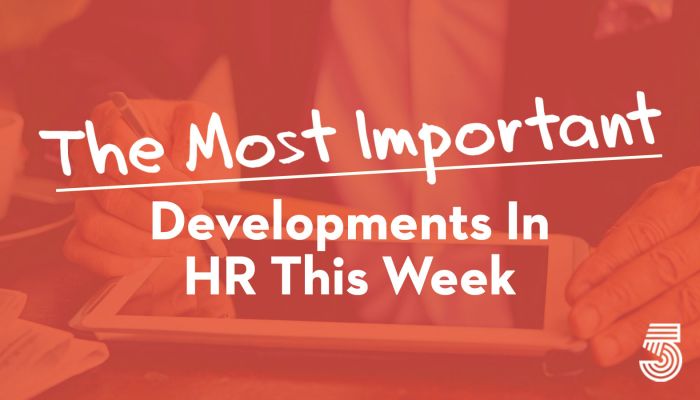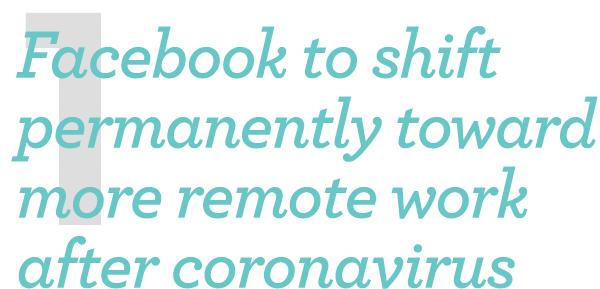
The remote-work changes for new hires will roll out initially in the U.S. and apply only to senior engineers at first. With individual team leaders’ approval, new recruits will be offered the choice to work from home, and current employees around the world with strong performance reviews will be able to apply to do so. In time, the policy will be extended to employees outside Facebook’s engineering department. Within 10 years, Mr. Zuckerberg expects as much as half of Facebook’s employees—who currently number more than 45,000—to work from home, he said in an interview before the announcement. Mr. Zuckerberg said Facebook is moving gradually because the shift will require new techniques and tools to compensate for the loss of in-person office interactions—a challenge for which he said the company is well-positioned given its focus on using technology to connect people. “This is about how we do better work and attract the people we need to do the best work we can,” Mr. Zuckerberg said. Facebook’s ability to keep working amid abrupt restrictions brought on by the pandemic gave him confidence in the remote working model, he said in the interview. WSJ


Tools allowing for instant communication have given us the ability to work from anywhere. With employees being only an email or Slack message away, organizations are now omnipresent in the lives of employees. And now, with many working from home during the COVID-19 pandemic, managers and coworkers who were once in the office down the hall, are now in your living room, kitchen, or bedroom (wherever you can find a quiet place to plug in your laptop). This has opened a door into our personal lives that can be quite difficult to close. The negative effects of this “always-on” lifestyle were becoming apparent even before the pandemic, with research demonstrating that spousal resentment and work-family conflict increased the more often employees checked smart devices during family time. Now that constant connectivity is our new normal, it is even more important that we learn to set clear boundaries for ourselves, in order to sustain our productivity and our families’ well-being. So, what are we to do? While we’re all experiencing greater job and family stress in this new normal, our recent research has found there are steps that employees can take to protect their well-being: Build your willpower to say no, set boundaries, and communicate often. Harvard Business Review
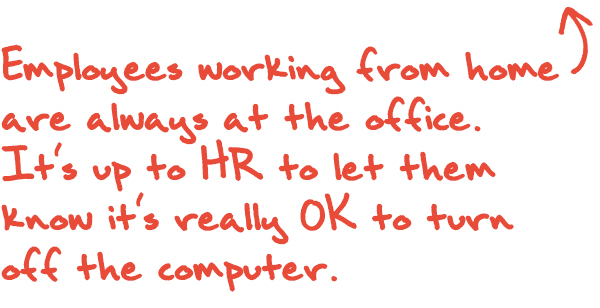
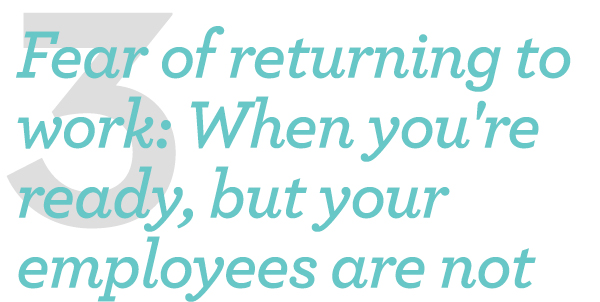
For business owners grappling with how and when to reopen their companies, one thing is apparent: Despite what local and national leaders may say, governments don’t open economies — economies reopen when citizens feel safe enough to resume their usual activities. And it’s possible many of your employees aren’t there yet. COVID cases and deaths are still on the rise in some areas even as states begin to loosen their social distancing restrictions. So it’s not entirely surprising that in a recent survey conducted by global human resources consulting firm Mercer of 735 U.S. employers, more than 45% said they are already struggling with workers who are reluctant to return to their workplaces because of fear of getting sick. Thus, the pandemic has created a monumental dilemma no leaders have faced before — reopening means asking your team to run the risk they may be exposed to the virus; staying closed any longer means you may never have the means to open again. Fear manifests itself differently in different people. Consider that some of your employees may be worried about their aging parents they’re unable to see face-to-face; others are both afraid of losing their children and at wit’s end because they’re juggling child care and work; and then there’s fear of economic insecurity or contracting the virus. You can’t eliminate those fears, but you can and should encourage your people to be honest about what they’re feeling. And in return? Listen. Then, give them clear, transparent communication about what you know, what you don’t know, and what you’re doing as a business to lower the risks for staff. Inc.
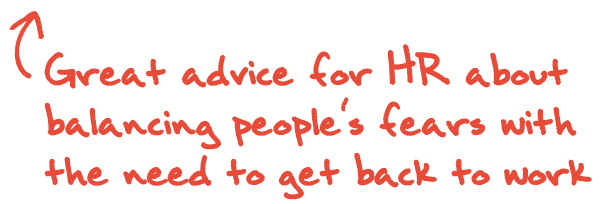
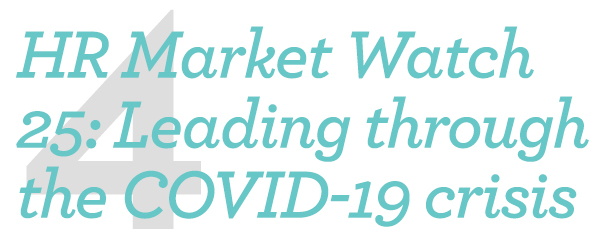
HRWins Founder George LaRocque is joined by Larry Dunivan, CEO of Namely, the growing HRIS and payroll provider serving middle-market employers, to discuss leading through the COVID-19 crisis. The result is an incredibly transparent conversation with Larry sharing the difficult decisions he, like CEOs and leaders around the world, have had to make. Get a unique view of how a CEO at a high-growth HR technology scale-up has navigated the challenges brought on by COVID-19 for the tech provider and its many customers. HR Happy Hour Podcast
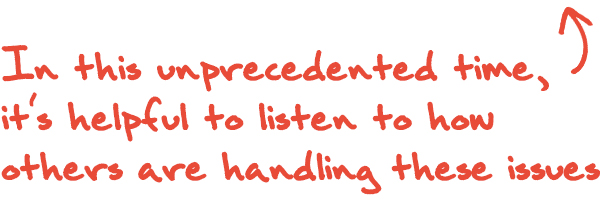
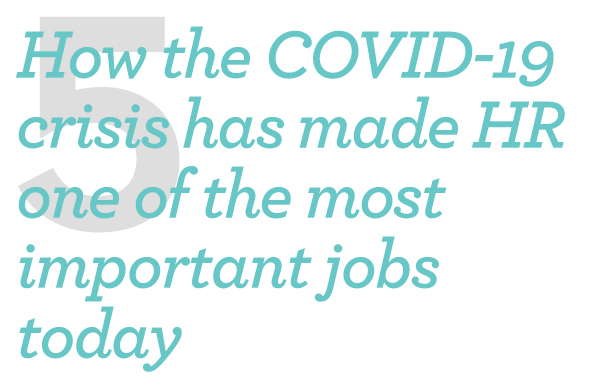
In a matter of only a few months, the world as we know it has changed drastically, stumbling into survival mode as it struggles to adapt to new realities. This is equally true for the global workforce, as people are learning to deal with rapid shifts, health scares, financial strains, and domestic challenges that can be stressful and confusing. As a result, human resources has become one of the single most important functions for any organization in these unprecedented times. While businesses continue to make hard decisions to stay afloat and minimize job losses, HR teams work in tandem with business heads to engage employees and keep up the morale, reconfigure workflows, redeploy talent, and upskill staff to help them stay relevant. It is the HR team that is often tasked with providing much-needed emotional support to employees while ensuring the continued productivity of each individual. As employees step up to the plate in meeting the challenges of working from home and taking on the responsibility of supporting increasingly fragile businesses, financial uncertainties are likely to push them to stay connected more than ever before. In this context, HR can play an important role in enforcing a positive and balanced work structure — one that is practiced across the board, and ensures all employees are suitably engaged and well-rested. Entrepreneur







